Discover the stories behind our Māori place names, celebrate Te Wiki o te Reo Māori at our Waimakariri Libraries, and find out about exciting events happening in Waimakariri.
Tuahiwi: A Glimpse into Māori Culture in Waimakariri
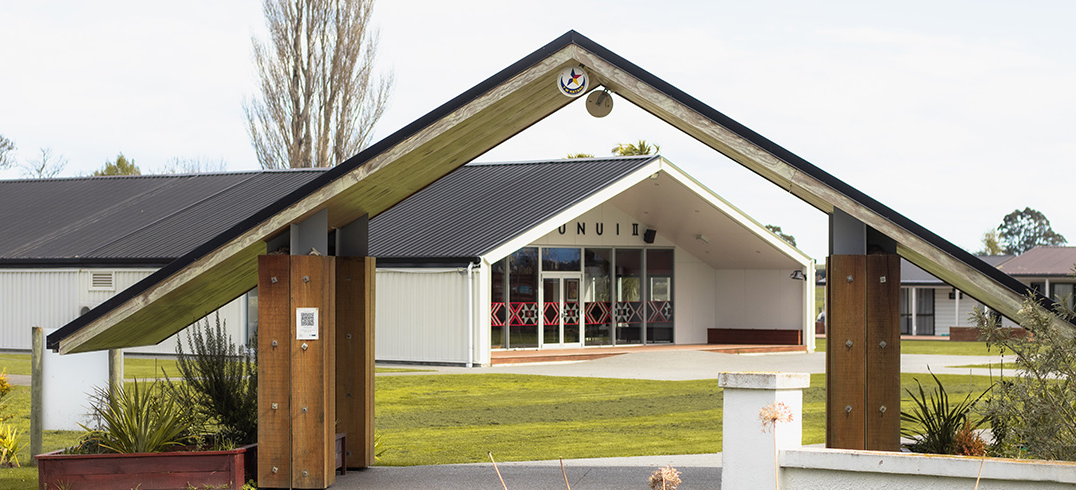
This Te Wiki o Te Reo Māori (Māori Language Week), we wanted to shine a spotlight on the settlement of Tuahiwi and its significance to our District and to Māori culture.
With a population of just over 1000, Tuahiwi is a rural settlement nestled between Woodend and Rangiora. It is the home of Ngāi Tūāhuriri Rūnanga and has played a significant role in the history of Ngāi Tahu, Waimakariri, and Te Waipounamu.
Tuahiwi, means beyond the mound, and takes its name from the ridge that runs from the Kaiapoi township through to Rangiora.
Kaiapoi Pā
Nearby, the famous Kaiapoi Pā was established by the first Ngāi Tahu ancestors when they settled Te Waipounamu (South Island) and was a major centre of trade and nobility for Ngāi Tahu. Built around 1700, the pā was the largest and most important of Ngāi Tahu strongholds. Its memorial site is situated on the outskirts of Pegasus.
Tuahiwi was one of a couple of smaller settlements that co-existed alongside Kaiapoi Pā. When the pā was destroyed by a war party led by Te Rauparaha, chief of the Ngāti Toa iwi, Tuahiwi was also attacked. The eventual destruction of Kaiapoi Pā in 1832 rendered the entire area unsafe and the Ngāi Tūāhuriri people fled to the safety of other Ngāi Tahu settlements elsewhere in Te Waipounamu.
Tuahiwi remained deserted until many Ngāi Tahu whānau started returning in the 1840s.
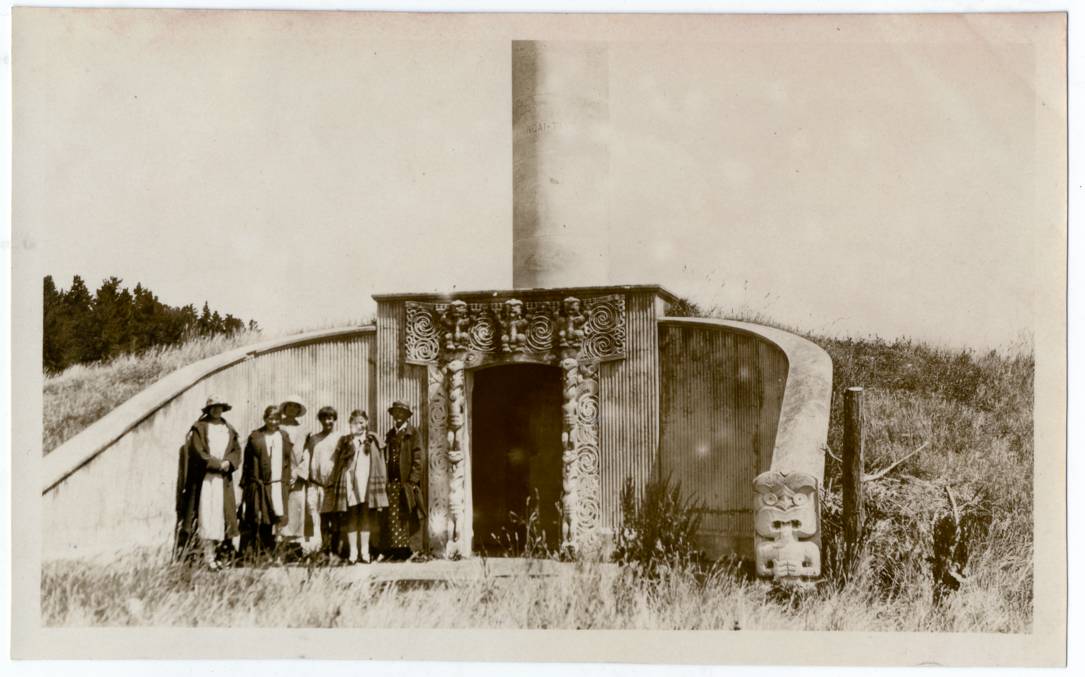
The Kaiapoi monument on the pā site, circa 1900s. Christchurch City Libraries collection (contributor: Alison Wilson).
Kemps Deed and Māori Reserve 873
In 1848, Māori reserve lands were granted to Ngāi Tūāhuriri whānau because of the Crown’s Kemps Deed purchase of rights to most, but not all, of the natural resources of the South Island. The purpose of Māori Reserve 873 (MR 873) was for mana whenua to establish and retain a ‘kainga nohoanga’ (place of residence) for Ngāi Tūāhuriri.
However, in 1862, new planning rules restricted descendants’ use of the land set aside under Kemps Deed and much of the Reserve was alienated through the acts and omissions of government agencies over more than 150 years.
In 2011, Waimakariri District Council requested the Manager of Planning and Regulation to amend the District Plan to recognise the rights and duties arising from Kemps Deed.
At the time, Mayor David Ayers said, “This is an important issue for the District and a very important one for those in the reserve. This is about the right of people to settle on their own land and this is an important step in this way forward. It has been ongoing since 1860 and there have been numerous attempts through the 19th and 20th centuries to resolve these issues.”
Consultation was extensive and involved Ngāi Tūāhuriri Rūnanga, Mana-Waitaha Charitable Trust, as well as the wider community and private landowners in MR 873.
On 21 April 2015 a report went to Council seeking changes be made to the District Plan which would allow more flexibility for development of/provision for kāinga nohoanga in line with the intentions of the Kemps Deed. The report was approved and changes were made to the District Plan which updated rules for the development of land in MR 873.
Tuahiwi Marae
Tuahiwi Marae has long provided a focus for not only Ngāi Tūāhuriri and the local community, but for the whole of Ngāi Tahu.
Tuahiwi’s proximity to the sea is recognised in the name of the wharenui, Maahunui II. The wharenui is called Maahunui II after the waka of Maui from which he ‘fished up’ Te Ika a Maui, the North Island. The wharenui does not embrace a specific whakapapa but represents and embodies all Ngāi Tahu whānau – all Ngāi Tahu will fit in the canoe of Maui.
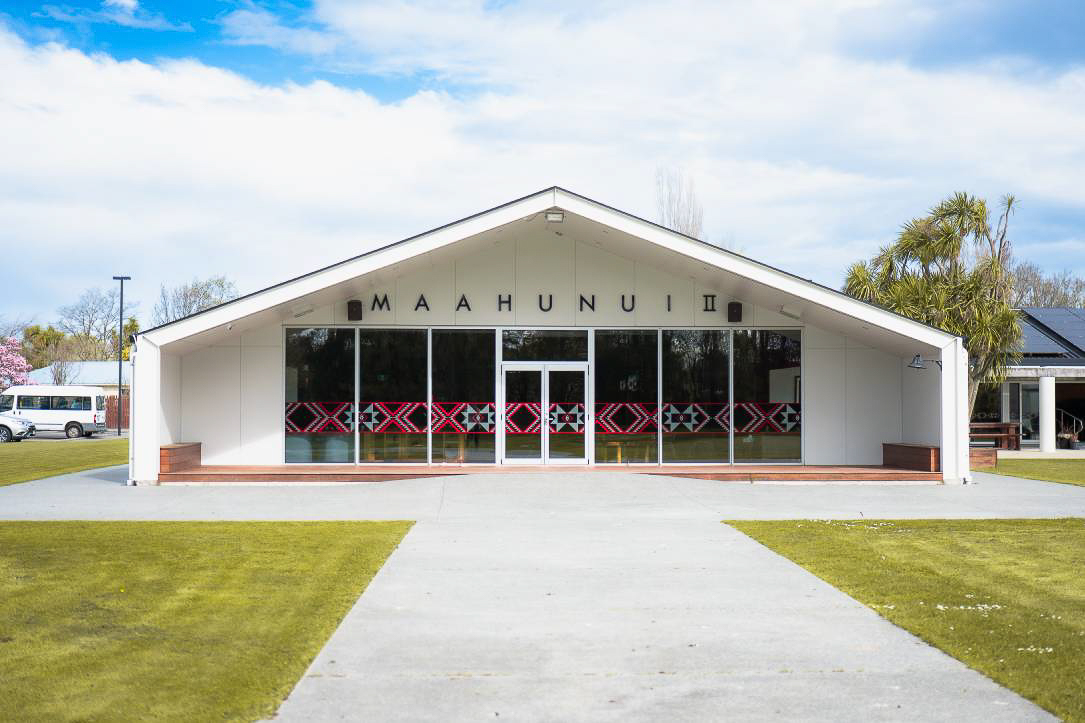
Places of the Waimakariri
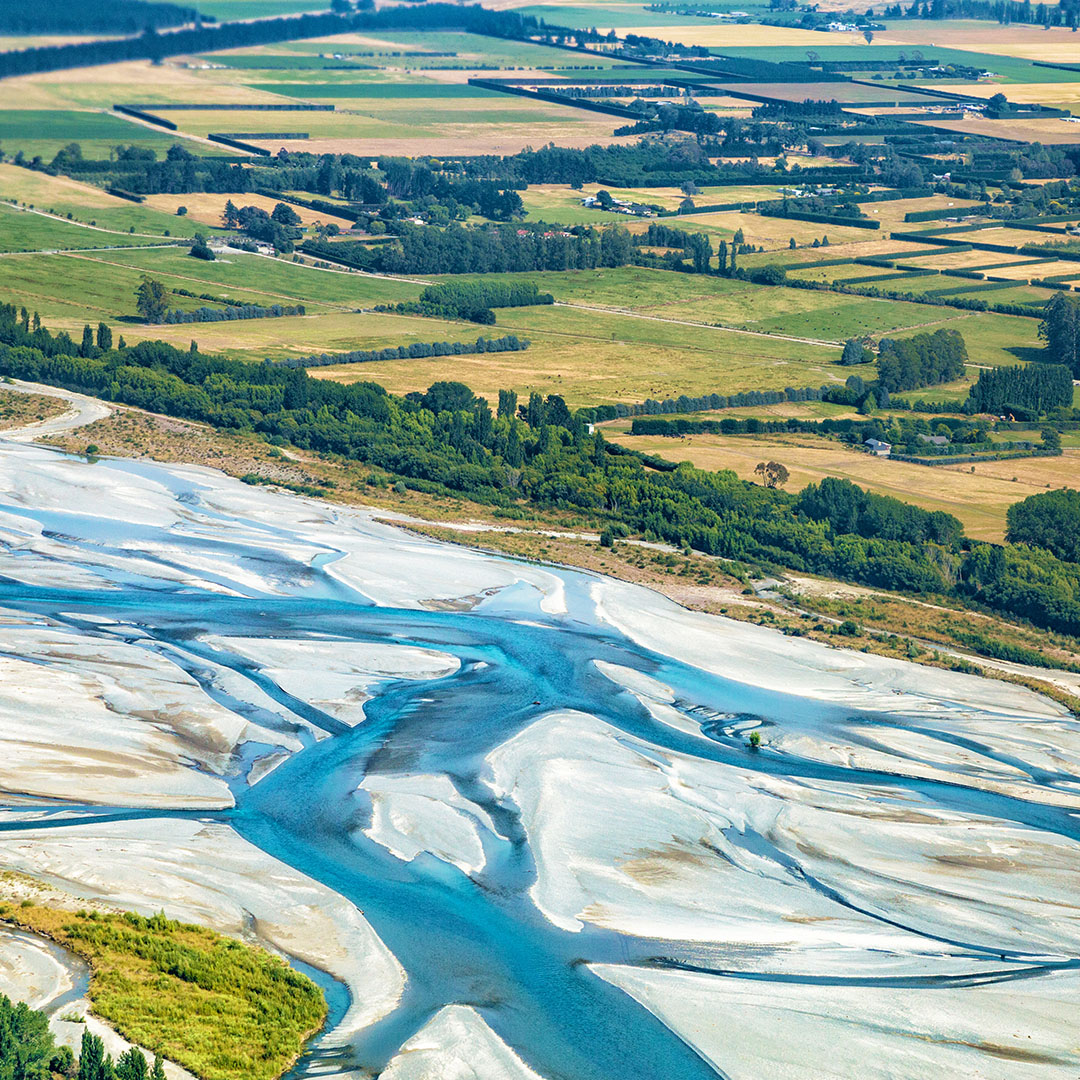
Waimakariri: A River of Cold Waters
Translated into English, Waimakariri means "cold water" or "river of cold waters." The Waimakariri River is a major waterway, flowing from the Southern Alps to the Pacific Ocean. For Ngāi Tahu, the river was not only a source of life and sustenance but also a crucial route for travel and trade. The coldness of the river, derived from glacial melt, is central to its name and emphasises the Māori tradition of naming places based on their physical characteristics.
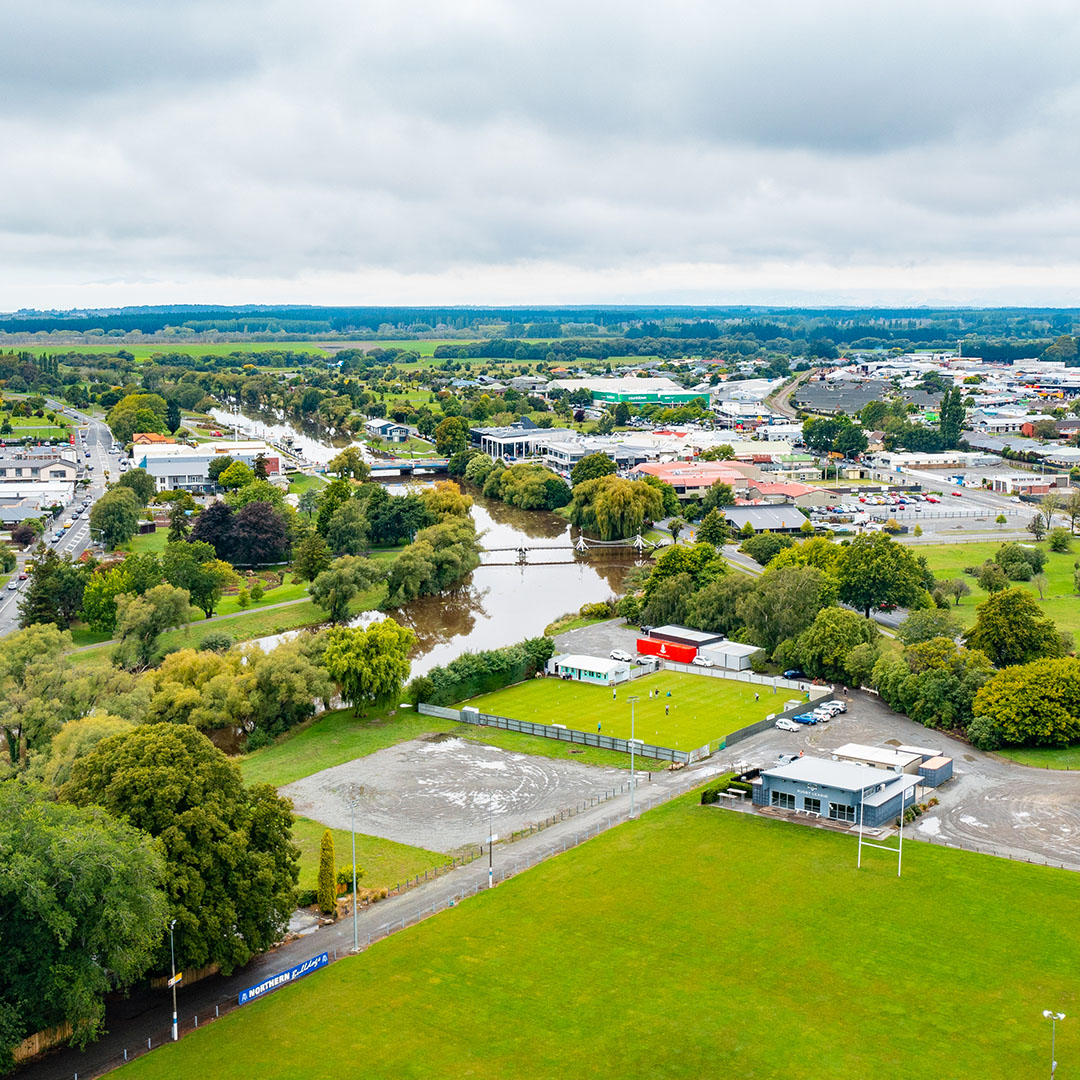
Kaiapoi: A Hub of Food Gathering
Kaiapoi carries a name that highlights its historical role as a centre for food gathering and trade. The name "Kaiapoi" comes from "kai," meaning food, and "poi," which refers to a poi or net used to gather and transport food. Historically, Kaiapoi Pā was a hub of trade, where food and goods were exchanged between various iwi and hapū.
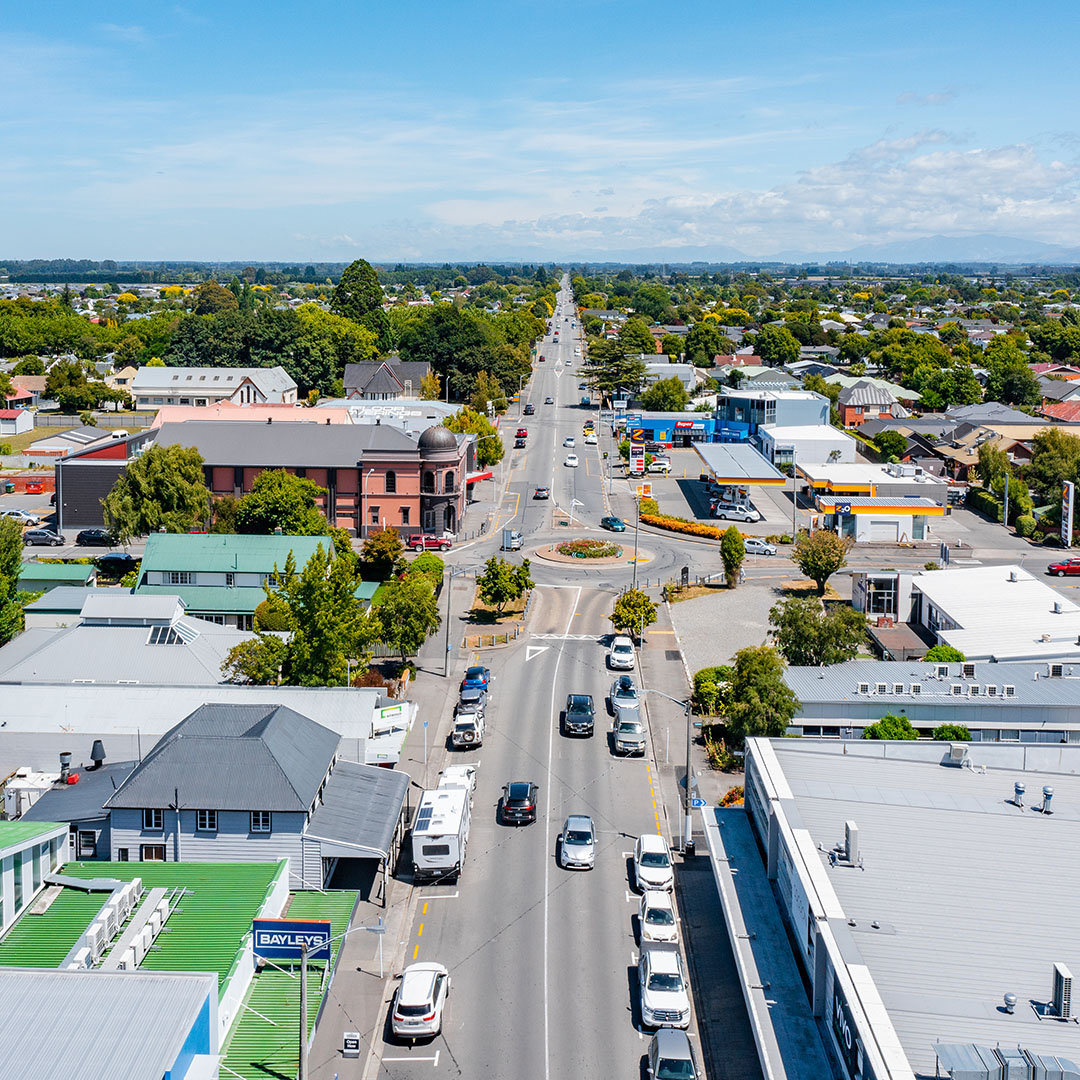
Rangiora: The Place of Peace
Rangiora translates to "the place of peace" or "calm after a storm." This name reflects the tranquility of the area and its historical significance as a site of rest and sanctuary for Māori communities. Rangiora’s fertile lands and proximity to waterways made it an ideal location for settlement. For Ngāi Tahu, the name is a reminder of the harmony they sought with the land, balancing resource use with a deep respect for the environment.
Discover more Places of the Waimakariri
What's in a Name?

Ever wondered where all the names for roads and streets in the Waimakariri District come from - or who makes the decisions?
Well, for the most part, it is up to the residents and ratepayers to decide.
The Council has a Naming Policy, which describes how it allocates names to new roads, streets, parks, reserves, and council-owned assets. The Policy aims to ensure that the names of public infrastructure, Council assets and facilities reflect the identity of the Waimakariri District.
If members of the public have suggestions of names that they would like to see used in new subdivisions and developments around the District, they are welcome to contact the Council’s Governance Team at com.board@wmk.govt.nz. The Governance Team will vet the proposed names and ensure that they comply with the Council’s Naming Policy and are not already used within the district. It’s important that the names do not cause confusion with existing names in the Waimakariri District or neighbouring districts—e.g., we don’t want two Blackett Streets in Rangiora!
When considering Māori naming for roads, streets, parks, reserves, and facilities, the Council always seeks to work with Te Ngāi Tūāhuriri Rūnanga to select suitable options that tell the story of Waimakariri and reflect the district’s natural and cultural heritage. Once the vetting process has been completed, the Governance Team will present suggested names to the Community Board relevant to the ward where the new street or development is located for consideration.
The Council’s four Community Boards have delegated authority to name new streets and roads and alter existing street names within their respective wards. All approved names are included in the Council’s Pre-approved Naming List, which is provided to Council staff responsible for naming roads and Council resources. The Council’s Pre-approved Naming List is also made available to developers of new subdivisions to select names for infrastructure.
When selecting road names, the Community Board considers many factors to ensure that the names pay homage to the area's historic locations, people, and culture or reflect local flora, fauna, and topographical features.
Right now, there are a number of developments around the district which require new street names. The Community Boards would love to hear your suggestions.
Share your ideas to the community board
Meet our Staff

Samantha - Team Leader of Community and Culture
Kia ora
Ko Ingarangi te whakapaparanga mai engari
Ko Ōhinehou te whenua tupu
Kei Kaiapoi ahau e noho ana
E rua aku Tamariki (Ko Feldy o te tamāhine Ko Percy te Tama).
He Team Leader of Community and Culture au ko Waimakariri Libraries
Ko Samantha taku ingoa
Nō reira, tēnā koutou katoa
------
Hello
I am pakeha, from English descent, but grew up in Lyttelton,
I currently live in Kaiapoi,
I have two children, Feldy & Percy
I am the Team Leader of Community and Culture at Waimakariri Libraries
My name is Samantha
Thank you
Tell us a bit about what you do?
I am the Team Leader of Community and Culture in the Waimakariri Library. I look after an amazing team of seven epic individuals and together we work on creating amazing experiences for our hapori (community) in terms of events and activations in the library. I also support our team in providing outstanding customer service to our hapori.
How long have you worked at Waimakariri District Council?
I have worked here for 10 months now.
How did you get into your job?
I have a pretty transdisciplinary background which suits the variety of my role.
I started my career in customer service before transitioning to high school teaching where I taught History, Classics and English. I then moved to relationship management, outreach, event management and marketing at the University of Canterbury where I stayed for several years before starting this role.
What things do you like the most about your job?
We have an amazing library team who are all really focused on doing the best they can for our community. I have been incredibly impressed with their mahi and their willingness to take me along on the journey.
Do you have a cool story you want to share?
Rather than my stories, I am fully focused on our customer experiences. Here are three stories that have come up recently in our library spaces.
- A group of teens at Kaiapoi must have felt really comfortable and had a good time as I heard one of the girls say, “I had the best time at the library and I never thought I would say that.”
- I welcomed a customer into Rangiora Library and asked if I could help. She had recently moved from Motueka. I joined her up and gave her a tour and spent a bit of time with her. She said how lovely the experience had been for her. She had been feeling a bit lost after her move and said she now had a special place to come in her new community.
- We recently had a post come up on the Kaiapoi Residents Facebook page about our library. The team always go above and beyond, and it was amazing reading the comments from the hapori (community):
"Fabulous service at our public library. Will always do all within their power to solve your issues. Some not even book related."
"Couldn't agree more, the library staff are fantastic."
"I don't often go to the Kaiapoi library as I'm a Kindle reader and I have enough Kindle books to last me a lifetime. But I wanted a particular book today and I was absolutely impressed with the friendly, helpful staff. Clearly some of my rates money is being well spent."
Waimakariri Libraries celebrate Te Wiki o te Reo Māori

This Te Wiki o te Reo Māori (Māori Language Week), our Waimakariri Libraries have been hosting different school groups to perform Kapa Haka. This is in collaboration with our libraries preschool programme.
We have had performances from Te Kura Tuarua o Rangiora (Rangiora High School), Te Kura Tuatahi o Rangiora (Rangiora Borough School), Te Kura o Te Poho Rakahua (Oxford Area School) and our Council Waiata Group.
There will be one more performance next week:
Thursday 26 September
Kaiapoi Library at 11am
Kapa Haka by Te Kura Tuatahi o Kaiapoi (Kaiapoi Borough School).
About the Ride Forever Course...

Peter Daly, a seasoned motorcycle enthusiast and Council's Road Safety Coordinator, sheds light on the transformative Ride Forever Course.
What are the top three benefits of the Ride Forever Course?
- Enhanced riding skills: Participants learn advanced techniques to improve their control and safety on the road.
- Increased awareness: The course fosters a greater understanding of road hazards and promotes defensive riding.
- Reduced risk: By acquiring new skills and knowledge, riders can significantly lower their risk of accidents.
The Ride Forever Course is designed to empower riders of all levels. Whether you're a seasoned pro or just starting out, there's something valuable to learn.
Can the skills learned in a Ride Forever Course be applied to car driving?
Absolutely! Many of the skills, such as situational awareness and scanning, are essential for all road users.
What is the cost of attending a Ride Forever Course?
No! ACC covers a significant portion of the course fees, making it accessible to riders. In fact, attending a Ride Forever course can be considered an investment in your safety. Riders who complete the course are up to 50% less likely to be involved in accidents.
An 8-hour Bronze course costs $20, and the 8-hour Silver and Gold courses cost $50. Training is the most valuable motorcycle accessory you can invest in.
Are Ride Forever Courses beneficial for both new and experienced riders?
The Ride Forever Course offers benefits for riders of all levels. Even experienced riders can discover new techniques and refresh their skills. Many riders who have completed the course express regret for not attending sooner. As I mentioned earlier, the course can help you get more enjoyment out of your riding while reducing risk and stress.
| Stay informed, stay involved. Subscribe for early access to our newsletter and exclusive Council Project & Community updates. Subscribe now |
|---|
